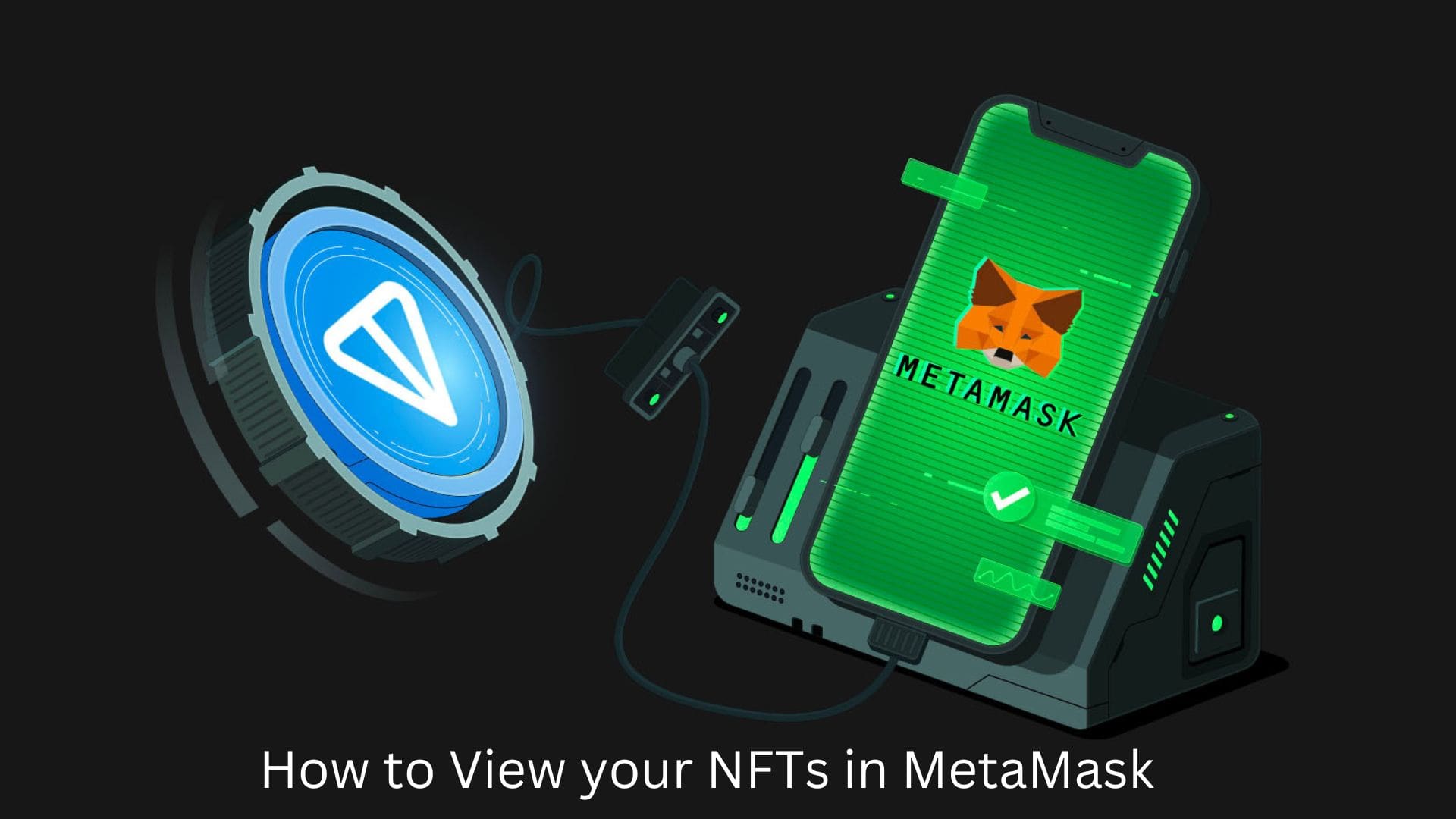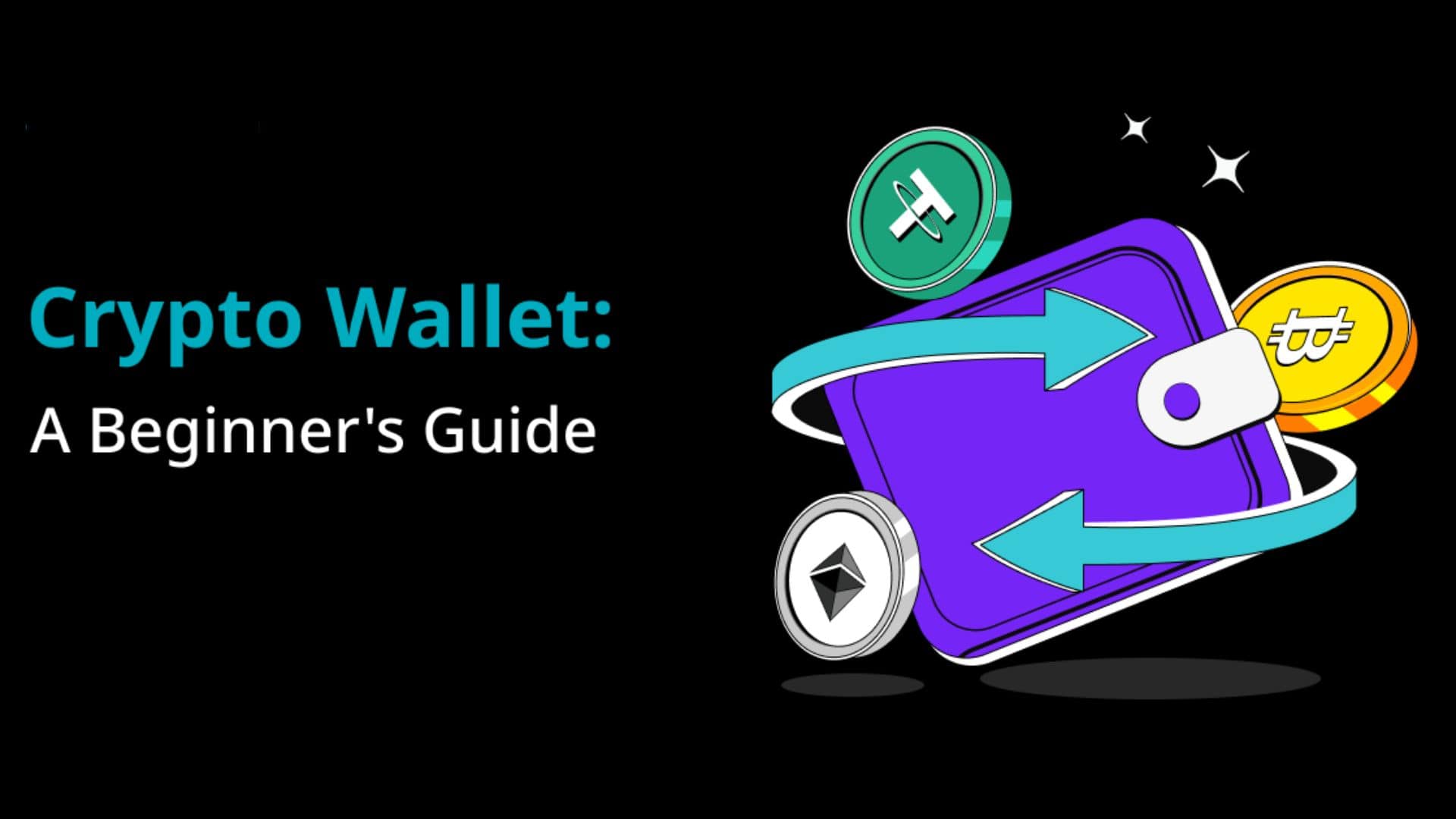
OpenSea NFTs to MetaMask: One distinctive aspect of the Web3 era is the rise of nonfungible tokens (NFTs), which guarantee unique possession of digital assets. MetaMask is a popular cryptocurrency wallet and gateway to the decentralized world, whereas OpenSea is a major centre for all things NFTs, enabling buying, selling, and trading. Below are detailed instructions on transferring NFTs purchased from the OpenSea marketplace to your MetaMask account.
Step-by-Step Instructions for OpenSea to MetaMask NFT Transfer.
Follow this step-by-step guide to transfer your NFTs from OpenSea to MetaMask effortlessly.
Install and set MetaMask.
Install the MetaMask browser extension or mobile app if you haven’t already. To make a new wallet or import an old one, visit metamask.io and follow the instructions. Get some Ether and ensure your MetaMask wallet is online and linked to the Ethereum network.
Access OpenSea and Log in
Go to OpenSea’s website and use the MetaMask browser plugin to log in to your OpenSea account. Click on your username (located in the top-right corner of the page) to access your profile once you’ve logged in.
Review your NFT Collection and Identify the NFT you want to Transfer
Your profile page will provide a list of all the NFTs that you currently own. Please specify the NFT you would like to send to MetaMask. Press the menu icon with three dots on the item card (bottom left corner). Choose “Transfer” from the selection that appears. Another option is to send an NFT straight from the item’s page. To transfer an NFT, find it and click on its title or thumbnail. Find the transfer button that looks like an arrow in the upper right corner.
Initiate the Transfer
Find the “Transfer” button on the item card or detailed page of the NFT you’ve chosen, and click on it to start the transfer procedure.
Input the MetaMask wallet Address.
Put the wallet address of the receiver into the space provided. As an additional option, you may now use the recipient’s Ethereum Name Service (ENS) domain to designate their wallet.
-
Verify the Transfer Details
Review the transfer details, including the recipient’s address and the NFT you want to send, before you finalize the transaction. After you’re confident everything is correct, hit the “Transfer” button.
When transferring NFTs or any digital asset between wallets, be very careful and verify all transaction information carefully. The thoroughness of this procedure guarantees a safe and trouble-free transfer.
-
Confirm the Transfer in MetaMask
Your wallet will notify you when the blockchain transfer is ready for approval. Return to the window or tab where you are viewing your MetaMask wallet. You should see a notification or a pending transaction in the wallet interface. Once you’ve reviewed everything, you can approve the asset porting and finalize the deal.
-
Await Confirmation
As the transaction is processed via the Ethereum blockchain, patience is of the essence. Usually, it takes a few minutes, though it can be longer or shorter depending on the network congestion level.
-
View Transaction Confirmation
You will receive a confirmation message after the item has been transferred successfully. If you prefer Ethereumscan or another block explorer, you can see the transaction confirmation by selecting “View transaction.”
How to View your NFTs in MetaMask

Upon completion of the token migration, discovering your NFTs within MetaMask becomes a breeze. Once you’ve logged into your MetaMask wallet, you’ll see a “NFTs” area. This is where you may display your one-of-a-kind digital assets and interact with them easily.
In the “NFTs” section, the transferred NFT will be shown prominently with all your others. However, The user-friendly interface of MetaMask makes it easy to find your transferred NFT, ensuring it’s always within reach.
Now that your NFT is part of MetaMask, you may manage it just like any other digital asset. In the decentralized environment, MetaMask provides an appropriate platform for managing your NFT portfolio, whether you’re thinking about investing methods, arranging future trades, or just enjoying your collection.
OpenSea-to-MetaMask Transfer Fee
Be sure to factor in the asset transaction costs when moving your NFTs from your OpenSea wallet to your MetaMask wallet. To facilitate the free movement of assets throughout the blockchain, these fees work as toll booths along the highway of decentralized transactions.
Get familiar with the price structure before you start the transfer. If you want to send your NFTs to a specific wallet on the active marketplace OpenSea, you’ll have to pay a small petrol price. The transaction’s intricacy and the present congestion level on the Ethereum network determine these costs. These fees typically fall in the $10 to $20 range.
Reducing NFT Transfer Fees using Layer-2 Networks
However, Users can utilize MetaMask-compliant layer-2 (L2) solutions like Optimism and Polygon to reduce excessive transaction costs on the Ethereum mainnet. Each of these L2 solutions has its network that processes transactions that originate on the main Ethereum blockchain. Reduced network congestion and associated costs are the outcomes of this approach, which aims to reduce the volume of transactions processed by the mainnet.
Not all NFTs on OpenSea can be directly transferred to L2 networks. Before confirming a transfer, users should verify the recipient’s address and check the NFT’s details to ensure they’re compatible. When the transfer is finished, go to the “NFTs” area of your wallet in MetaMask and switch to the Polygon or Optimism network.
Benefits of Transferring NFTs to Crypto Wallets

NFT owners see many benefits and can move NFTs from specialized marketplaces to Bitcoin wallets. Transferring NFTs to a private Bitcoin wallet increases security. However, Crypto wallets employ advanced encryption and private keys.
Second, tokenized assets are wholly owned and controlled after NFTs are withdrawn to wallets. Unlike centralized marketplaces where platforms have custody, personal wallets provide owners complete control over NFTs. Unlike NFT aggregators, the popular noncustodial wallet MetaMask gives customers full digital ownership of their private keys and lets them do whatever with their crypto assets.
Crypto wallets are helpful for long-term asset storage. NFT owners can be assured that their assets will be protected in a wallet even if the market drops. Transferring an NFT to MetaMask instead of OpenSea reduces the danger of loss, unauthorized access, or hacking.
Technical issues and regulatory changes also threaten centralized NFT solutions. Keeping NFTs in a personal Bitcoin wallet protects them from these dangers and secures access. NFTs designed for many platforms or apps are also available. Transferring assets to a crypto wallet lets owners connect them to DApps, game platforms, and virtual worlds that support NFT standards.
Due to its compatibility with most DApps and blockchain networks, wallets like MetaMask make NFT management easy across ecosystems. On decentralized finance (DeFi) platforms, NFT holders can get loans with NFTs as collateral or stakes for yield. Most Bitcoin wallets feature performance tracking and NFT transaction history, making portfolio management and analysis easier.
Can MetaMask Wallet be Hacked?
However, Security flaws can affect MetaMask just like any other digital technology. Hackers might create phoney extensions or imitate official communications to trick consumers into giving up critical information. Passwords alone may not be enough to secure MetaMask accounts. Without 2FA, MetaMask assets are at risk.
Users risk serious harm if they utilize MetaMask on infected devices or browsers. Threat actors may try to infect your device with malware or take advantage of weaknesses in the wallet’s features. However, Numerous hacking situations can be traced back to users’ lack of awareness. Their assets could be at risk if users install malicious extensions or fall for phishing scams. Users who don’t safeguard themselves are more vulnerable to hackers. Human error is always a factor in security breaches, no matter how advanced the technology. Hackers use a standard social engineering approach to contact users using a phoney identity. Users who fail to grasp this concept may experience substantial financial setbacks.







